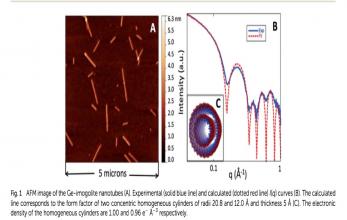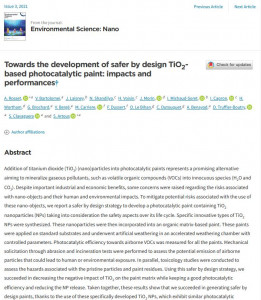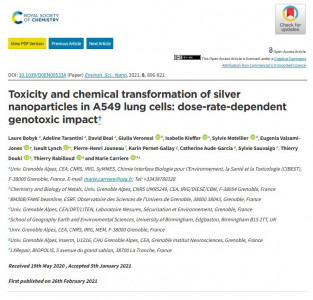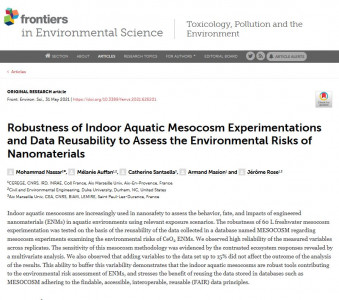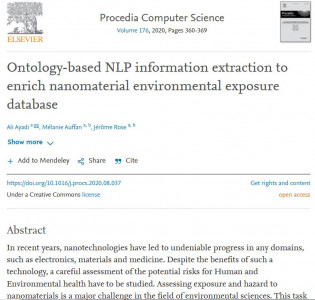A new article on the Serenade 's project is published.
Gandolfo, A., Rouyer, L., Wortham, H., Gligorovski, S., 2017. The influence of wall temperature on NO2 removal and HONO levels released by indoor photocatalytic paints, Applied Catalysis B : Environmental, 209, 429-436, http://dx.doi.org/10.1016/j.apcatb.2017.03.021
Abstract
Photocatalytic paints represent a promising remediation technology that has potential to be applied in mechanically ventilated buildings to improve indoor air quality. The photocatalytic paints are typically used to eliminate the gas-phase pollutants, like nitrogen oxides (NOx) and volatile organic compounds (VOCs).
Here, we demonstrate that indoor photocatalytic paints which contain TiO2 nanoparticles can substan- tially reduce the concentrations of nitrogen dioxide (NO2) at higher surface temperature of the indoor walls. We show that the efficiency of nitrogen dioxide (NO2) removal increases linearly with the tem- perature in the range 290–305 K. The geometric uptake coefficients increase from 5.1 × 10−6 at 290 K to 1.5 × 10−5 at 305 K. In the temperature range between 305 and 313 K the removal efficiency of NO2 remains the same with an average NO2 uptake coefficient of 1.4×10−5. On the other hand, during the reactions of NO2 with all the paints (0, 3.5, 5.25 and 7% of TiO2 ) a harmful indoor air pollutant, nitrous acid (HONO) is formed, in temperature range between 303 K and 315 K. A maximum HONO value of 6 × 1010 molecules cm−2 s−1 is released by a photocatalytic paint with 7% of TiO2 (temperature of the walls is 313 K).
A dynamic mass balance model applied to typical indoor environment predicts a steady state mixing ratio between 0 and 4.1 ppb at 296 K and between 2.6 and 10.3 ppb at 305 released upon surface reaction of adsorbed NO2 with a photocatalytic paint (0, 3.5, 5.25 and 7% of TiO2) and considering the photolysis process as the most important loss of HONO.
The temperature of the indoor walls is of crucial importance with respect to NO2 remediation, but at the same time has a strong impact on the formation of harmful intermediates like HONO, which is also a precursor of the OH radicals upon its photolysis.
The photocatalytic paint (7% TiO2) may contribute up to 57% to the total OH production rate in indoor air, via photolysis of HONO that is released by the paint upon the irradiation, at wall temperature of 305 K.






